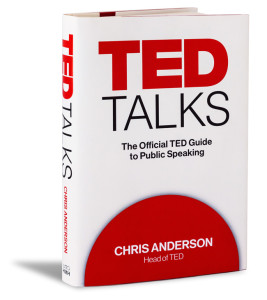What Do Blog Readers Need Out of Our Blog Content

What do we need at work?
That’s the question Carla Hill, responsible for leading Business Furniture’s New Business Development teams, knows marketers must be able to answer. Hill’s years as a learning and development consultant have helped her put together the following list of what each employee needs in the workplace:
- people who help me
- tools
- information
- exchange of ideas
The list of what blog readers need is nothing if not parallel to the Business Furniture list:
People who help me –
Never forget this one truth: People want to do business with people, and readers relate to stories about people, not to facts and statistics. Let tales of people helping people tell the story of your company, your products, and of the services you provide.
Tools –
Readers want to know that you and your organization can teach them something. “Briefly,” says Jim Connolly of Jim’s Marketing Blog, “here’s how content marketing works: You build and market a website and stock it with free information that has real value to your prospective clients.”
Information –
Use business blogs to offer readers free information that has value to your targeted
readers. You can do that “whilst offering them the opportunity to purchase goods and services which are closely linked to the information you give away,” advises Jim
Connally in Jim’s Marketing Blog.
Exchange of ideas –
Whether it’s business-to-business blog writing or business to consumer blog writing, , you must first take a stand on the issue yourself, using various tactics to bolster that stance in the eyes of readers. Then, through including guest posts, citing material expressing the opposing viewpoint, and inviting readers comments, blog marketers have a chance to facilitate productive exchanges of ideas.
You might be composing blog content for your own business or professional practice or doing blog marketing for clients. In either case, before posting your latest creation, ask yourself:
Am I giving the readers what they need out of this blog?

 Biomass is what scientists use when there’s no way to do an exact count, Bill Chapell explained in an NPR radio broadcast five years ago, referring to the “fact” that The Day We Hit 7 Billion (October 31, 2011), was actually impossible to prove; it is impossible to count all the world’s people alive at any particular moment. So, he says, the experts estimate by calculating biomass.
Biomass is what scientists use when there’s no way to do an exact count, Bill Chapell explained in an NPR radio broadcast five years ago, referring to the “fact” that The Day We Hit 7 Billion (October 31, 2011), was actually impossible to prove; it is impossible to count all the world’s people alive at any particular moment. So, he says, the experts estimate by calculating biomass.  “To provide an effective talk, you must slash back the range of topics you will cover to a single, connected thread,” cautions
“To provide an effective talk, you must slash back the range of topics you will cover to a single, connected thread,” cautions 

Follow us online!